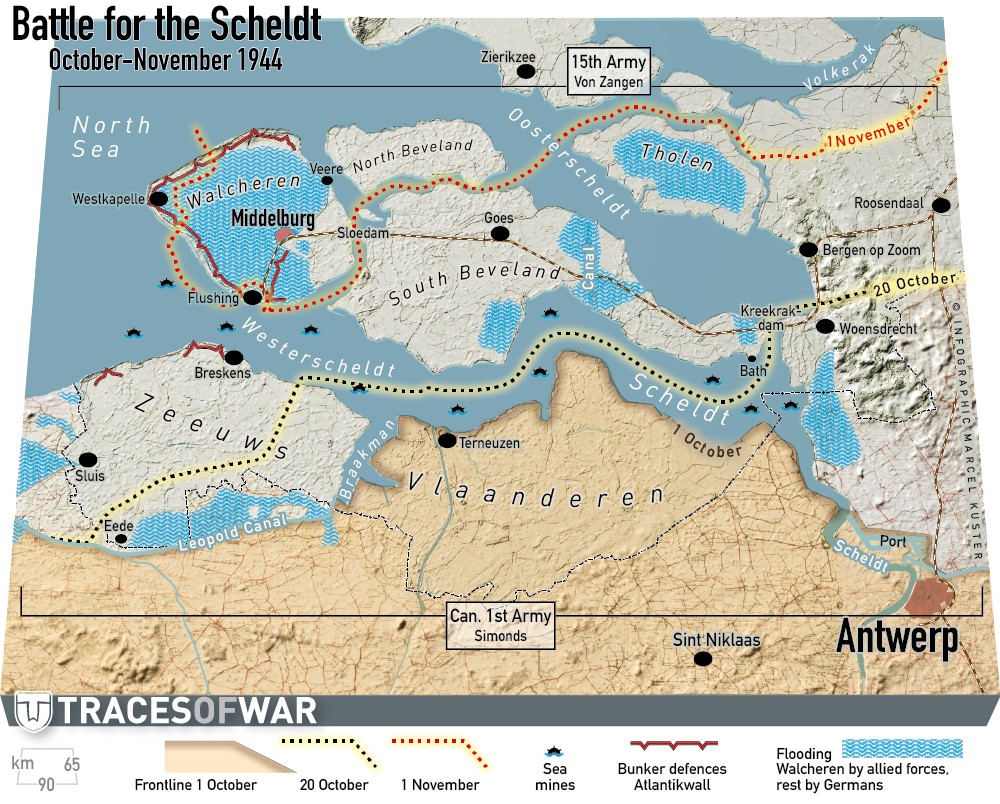Memorial 40-45 Kapelle
Memorial 40-45 Kapelle: a place of memory
An often forgotten but important chapter from the Second World War is that in the May days of 1940 and the war years that followed, thousands of French soldiers fought against German troops on Dutch soil. Many died in and around Kapelle, but also in other places in Zeeland and other parts of the country. 229 of them are buried at the French Military Cemetery, within walking distance of the Memorial 40-45 Kapelle museum. It is the only French War Cemetery of the Second World War in the Netherlands and therefore a special place. The monument lists the names of more than 600 fallen soldiers.
Based on the collection in the museum, extensive attention is paid to the impressive and often personal stories of the French soldiers in the Netherlands, the stories of the people from the village of Kapelle who knew them and the remarkable history of the French Military Cemetery. The goal is to learn from history and thereby contribute to a peaceful future
Museum Memorial 40-45 Kapelle is not just a museum. For example, every year in May, together with the municipality of Kapelle, it organizes the Toujours Kapelle event week, in which all activities focus on the deployment of the French Armed Forces in the Second World War in the Netherlands and on the relationship with contemporary France.
The museum also pays ample attention to education and school classes can visit the museum all year round.
For current visiting hours, please visit the website of the museum.
Do you have more information about this location? Inform us!
Source
- Text: Stichting Vitality / Mia van den Berg
- Photos: Arjan Vrieze (1, 6), Mia van den Berg (2, 3, 4, 5)
Nearby
Point of interest
Monument
- Memorials French War Cemetery Kapelle - Kapelle
- War Memorial Kapelle - Kapelle
- War Memorial Biezelinge - Biezelinge
Cemetery
- French War Cemetery Kapelle - Kapelle
- Dutch war Grave Kapelle - Kapelle
- Commonwealth War Grave and War Memorial Kloetinge - Kloetinge
Remembrance Stone
Fortification
- MG Bunker no.1 Yerseke - Yerseke
- Dutch MG Bunker Yerseke bunker 2 - Yerseke
- Tobruk Stp Hindenburg Hoedekenskerke - Hoedekenskerke




